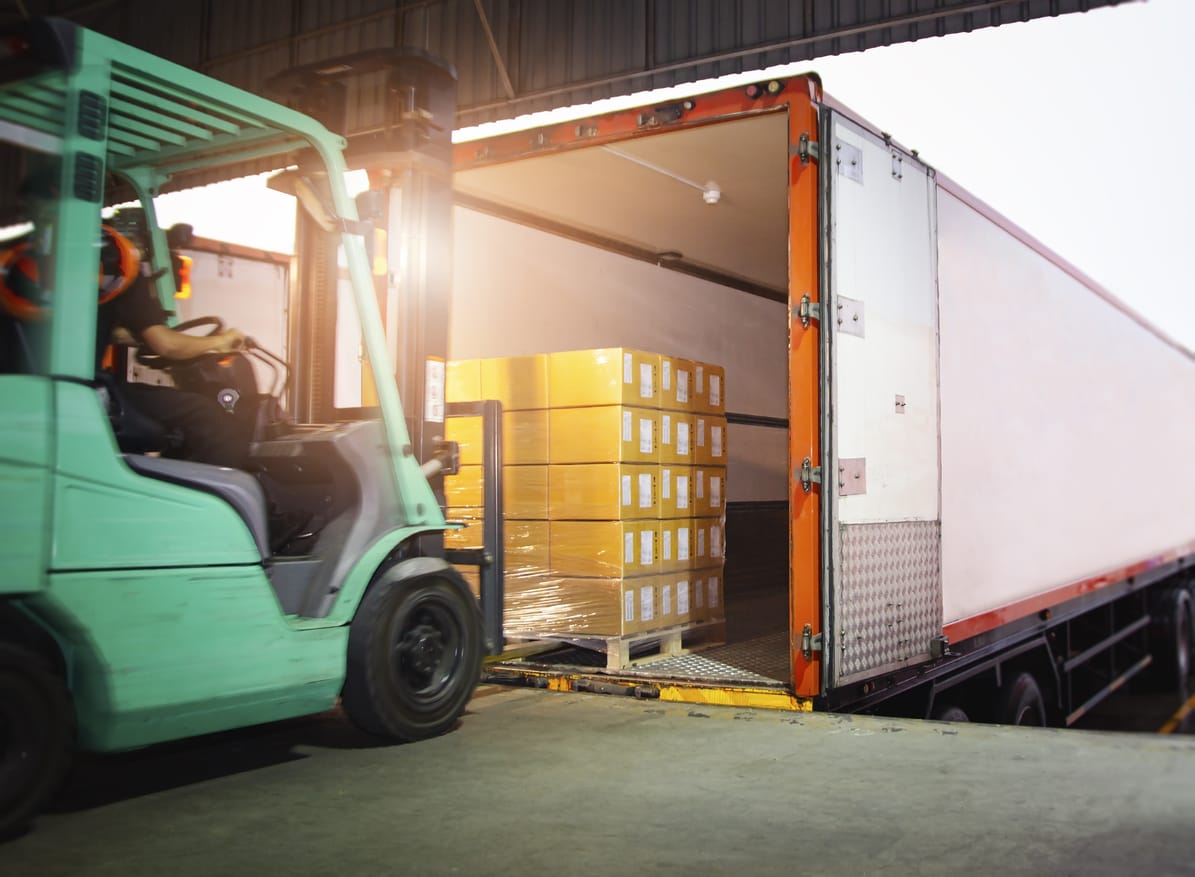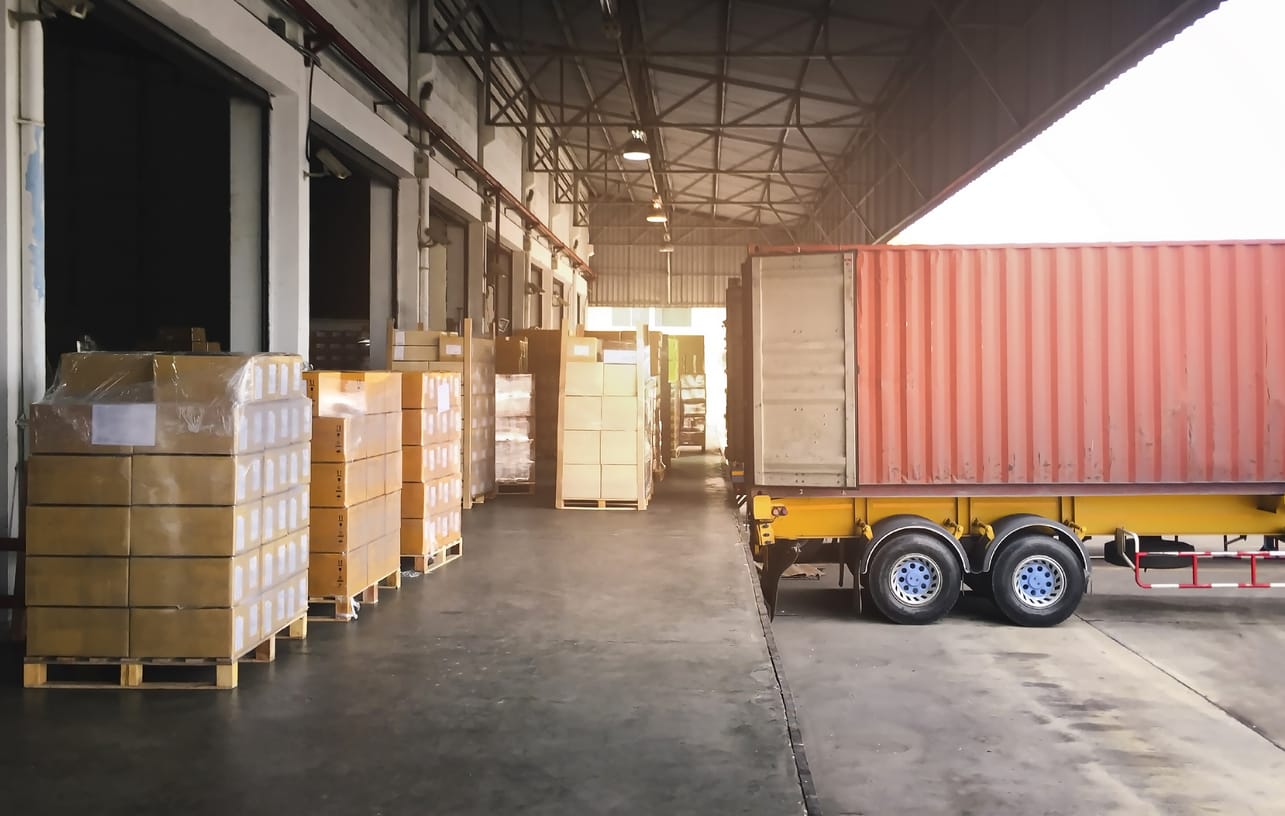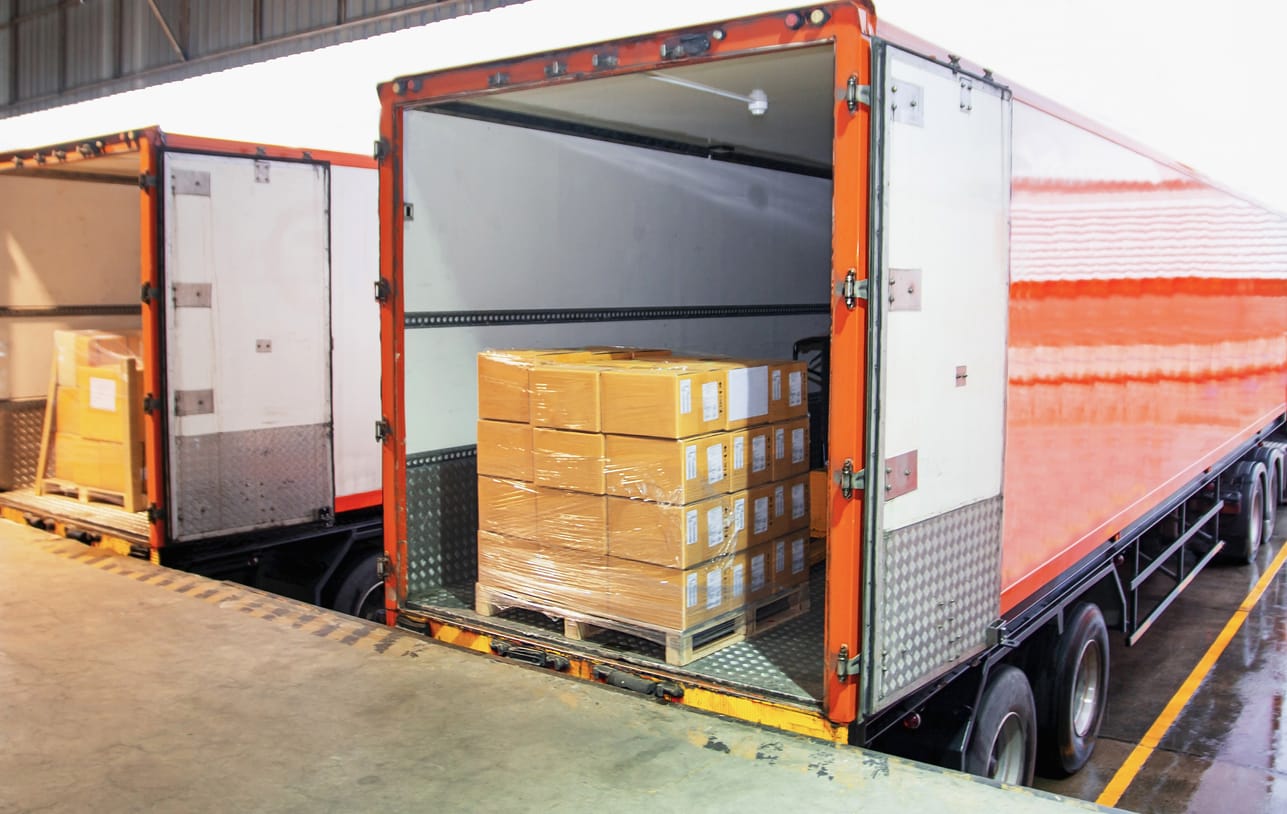The National Motor Freight Traffic Association created freight classes as a way of grouping together similar objects and equipment before and during shipment. This grouping allows standard items to be easily identified and categorized based on crucial factors like density and liability.
An object’s freight class will impact the shipping price, the amount of time required to ship, and the general ease of shipment.

We know why the shipping process uses freight class, but how is it measured? That is, what distinguishes one freight class from another?
When measuring freight class, experts break down the item by four key components: Its density, the liability of shipping, what you can stow the object with, and how easy it is to handle. Let’s look at these four factors in a little more depth.
Density is a critical metric for measuring freight class, though fortunately, it is easy to understand. This characteristic identifies how much space an item takes up compared to its weight.
It’s essential to remember that some items are not directly measured by density and are automatically categorized into a specific freight class.
Secondly, experts will measure an item’s liability when calculating its freight class. Objects with a higher liability (for example, toxic or hazardous chemical supplies) are more likely to cause significant damage during shipping.
Next, items are assessed for how they are stowed and whether it’s necessary to ship them together with specific products. Some objects cannot be shipped together due to liability, price, or weight concerns, and this restriction will factor into the object’s freight class.
Finally, items are measured by how easy they are to handle during shipping. Particular objects may be more challenging to load and unload because of unusual shapes and sizes or the inclusion of fragile materials.
As you’d likely expect, items that are more difficult to handle usually entail pricier shipping.

If you want to calculate an item’s freight class yourself, there are five simple steps to follow:
- Measure the object’s dimensions. The dimensions you’ll want to measure are height, length, and width (in inches).
- Multiply the dimensions. Multiply the three numbers you measured together, and you now have the item’s cubic inches.
- Convert to cubic feet. To convert cubic inches to cubic feet, divide the last number by 1728.
- Divide your object’s weight by its cubic feet. Take the weight of your freight (measured in pounds) and divide it by the previous number to calculate the item’s density.
- Use the density to determine freight class. Now that you know your freight’s density, you can look at the freight class chart to determine what class your item falls under.

Once you’ve determined a freight’s density, you can easily find the corresponding freight class by consulting the chart below.
Higher-density classes have a lower number, while the lowest-density classes have the highest numbers.
| Class | Density (Measured by lbs per Cubic Foot) | Cost |
| 50 | Over 50 | Lowest price |
| 55 | 35-50 | |
| 60 | 30-35 | |
| 65 | 22.5-30 | |
| 70 | 15-22.5 | |
| 77.5 | 13.5-15 | |
| 85 | 12-13.5 | |
| 92.5 | 10.5-12 | |
| 100 | 9-10.5 | |
| 110 | 8-9 | |
| 125 | 7-8 | |
| 150 | 6-7 | |
| 175 | 5-6 | |
| 200 | 4-5 | |
| 250 | 3-4 | |
| 300 | 2-3 | |
| 400 | 1-2 | |
| 500 | Less than 1 | Highest price |

After calculating the freight class of the item you want to ship, you might wonder what this class’s impact is on the shipping cost. Fortunately, there’s usually a simple relationship between freight class and shipping price.
As a rule of thumb, objects with a higher freight class will cost more to ship than those with a lower freight class.
This increased cost is due to the difficulty, liability, and time associated with shipping lower-density items.
Freight class can be a tricky subject to analyze. However, determining freight class is a fairly straightforward process if you know the factors that go into calculating it.
For more help and information on transporting heavy equipment and vehicles, check out the rest of Ship a Car’s website!




